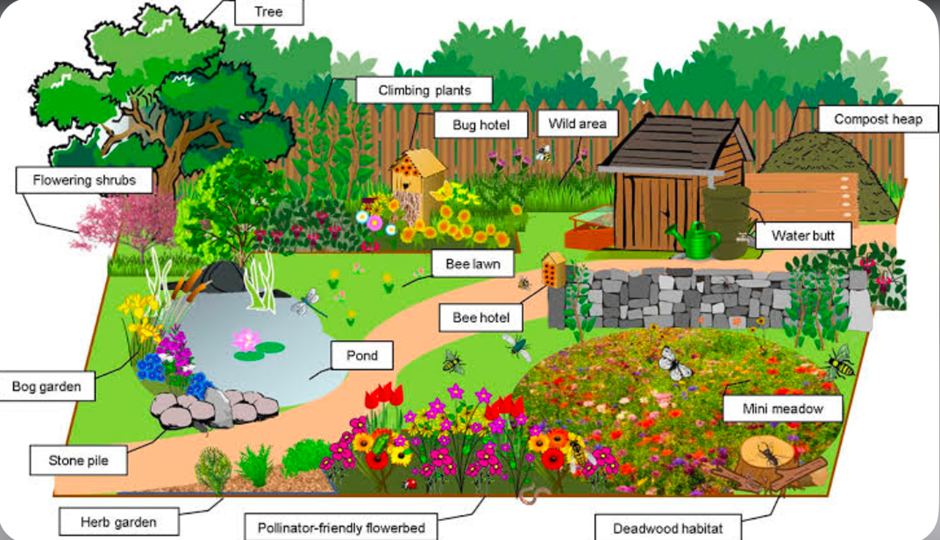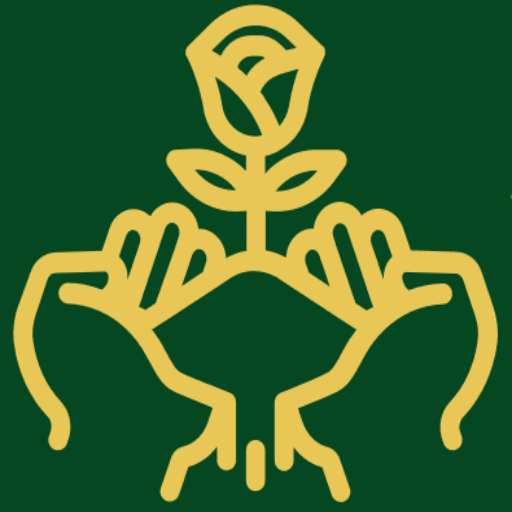Creating a garden design for pollinators is not only aesthetically pleasing but also beneficial to your ecosystem.
As we grapple with the realities of dwindling natural habitats, gardens become a crucial puzzle piece in preserving biodiversity.
From sprawling estates to tiny balconies, understanding garden designs for pollinators and wildlife ensures you contribute meaningfully to biodiversity.
As a new gardener, you may be wary of wildlife-friendly gardening due to misconceptions that it’s challenging to maintain or harmful to your plants. However, in this guide, you’ll learn the truth about pollinator gardens and how they’re one of the most rewarding experiences.
Why Designing Gardens for Pollinators and Wildlife Matters
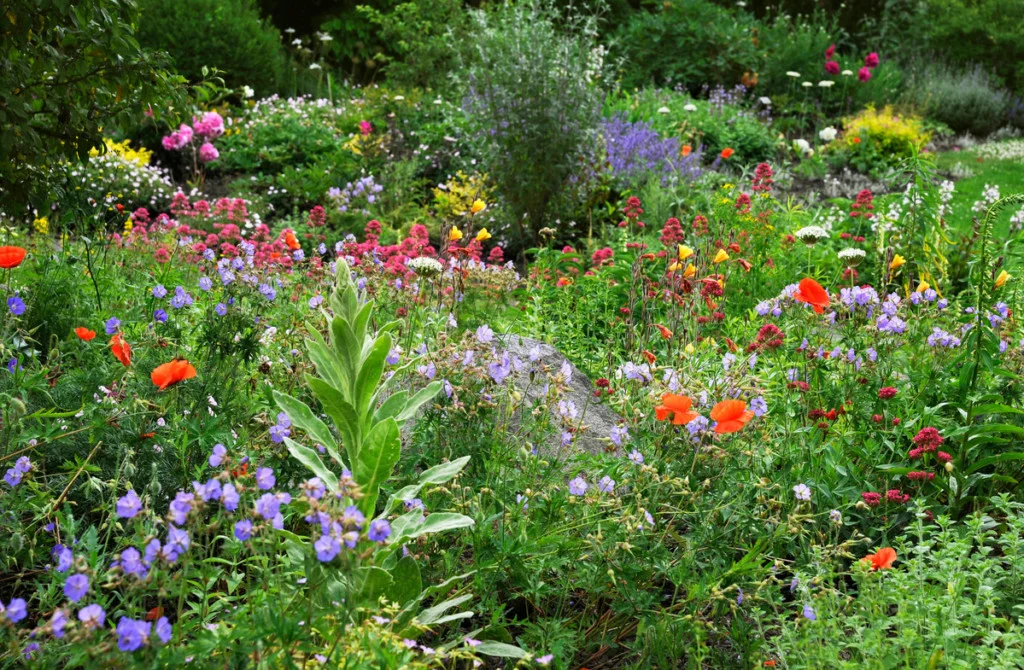
Why should you put so much thought into specific ecosystem gardening for wildlife and pollinators? Because they contribute largely to maintaining ecological balance.
Let’s look at each component individually, starting with the importance of pollinators.
Bees and butterflies are essential to 75% of flowering plant reproduction through pollination. They aid the production of fruits, vegetables, and nuts, which sustains wildlife and humans!
The benefits of wildlife gardens also deter pests by controlling the bug population. Ultimately, pollinators and wildlife-friendly garden designs create a legacy where the interplay of lush greenery buzzes with life for an unforgettable, memorable experience.
Selecting the Right Plants to Attract Pollinators
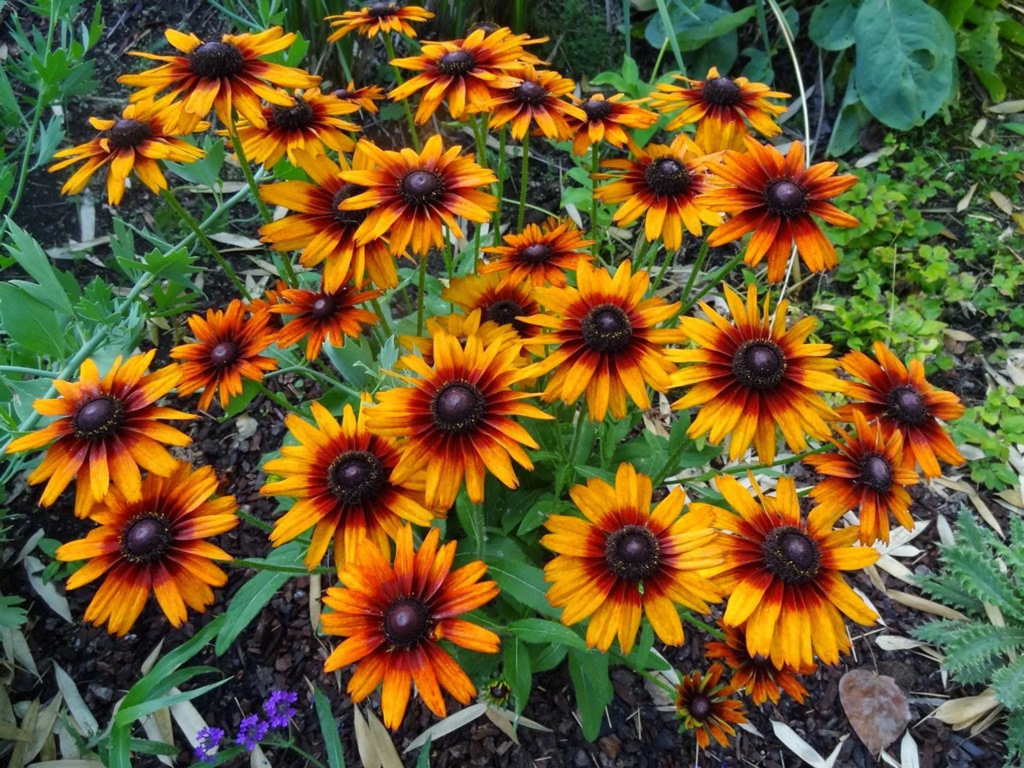
Your choice of plants influences the kind of wildlife and pollinators you attract to your garden. Although there are several variants, the best pollinator plants are native types.
Native plants for pollinators are those that grow in the region and are adapted to local climate conditions. So, they appeal naturally to local wildlife.
Examples of native plants that attract wildlife include coneflowers, milkweed, black-eyed Susans, and wildflowers. They require less water for moisture and are compatible with local wildlife for feeding and shelter.
Building Diverse Habitats with Flowers, Shrubs, and Trees
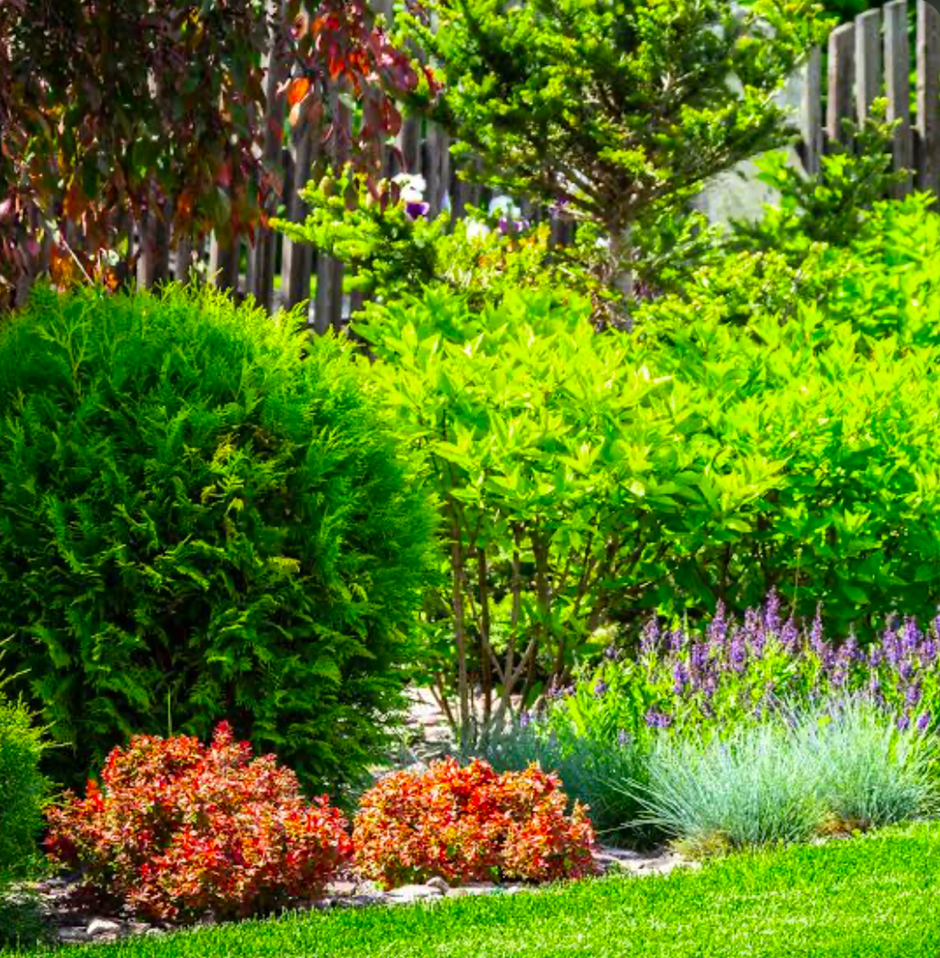
Nothing says natural like flawlessly executing a diverse wildlife garden design that combines shrubs with flowers and trees. These different layers create micro-environments to support various wildlife species.
You can create diverse garden habitats by pairing towering sunflowers to beckon bees with cover crops that attract wandering butterflies and shrubs for mammals. Add nesting areas for birds and use tall trees as shade to support the entire ecosystem.
Explore various layered planting strategies for visual appeal and functionality. Place tall plants in rows behind shorter plants to shade them from direct sunlight.
Plant in groups instead of isolated patches so that each species can help the others. Clusters are also more attractive to pollinators and wildlife.
So, creating this multi-dimensional garden creates a little neighborhood where each organism has its place and contributes to a thriving community.
Nectar and Pollen-Rich Planting Strategies
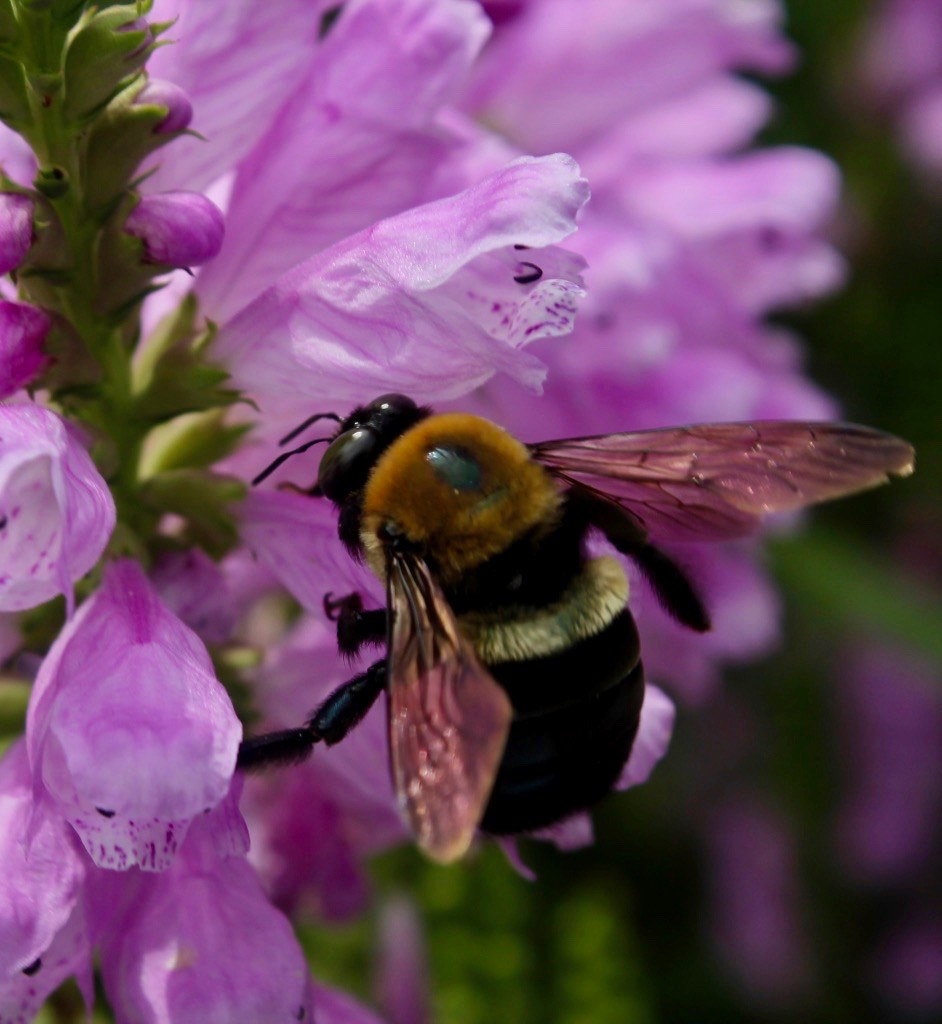
Your pollinator-friendly planting can be either pollen-rich or nectar-rich.
Add nectar-rich plants like oregano and thyme, which are flowering herbs, with Asters and blanket flowers to attract bees.
Fruit-bearing plants like blackberries, raspberries, and blueberries provide delicious snacks and make up for pollen-rich gardening.
The variety is suitable for the changing seasons as it ensures your garden stays blooming and active no matter the climate.
Incorporating Water Features for Wildlife

Every thriving biodiversity has a water source for wildlife and pollinator hydration. It may seem minor or even decorative, but integrating wildlife water features into your garden turns it into a sanctuary.
It doesn’t have to be an elaborate fixture. A shallow birdbath or small pond can sustain your garden visitors. Just ensure it’s accessible by measuring a depth of 2 inches for little critters to drink without drowning.
Making accessible birdbaths and garden ponds for wildlife means adding pebbles and stones around the water source for a safe landing. Safety also encompasses periodic maintenance, such as changing 50% of the water monthly to maintain freshness and repairing damaged hardscape.
Creating Shelter and Nesting Spots in Your Garden

Let’s talk more about pollinators, wildlife shelters, and nesting spots because when you attract them, they need a safe haven to remain resident in your garden.
Trees and shrubs are the best nesting sites for pollinators,especially birds, while bees and butterflies prefer hollow stems and twig piles. Other fantastic garden habitats to incorporate in your design include:
- Nesting Boxes
- Bee Hotels
- Piles of Logs for Insects
- Piles of Stones for Insects
Consider adding bird boxes at different heights to provide visual stimulation and encourage multiple species to nest in your garden habitat. Also, make bee hotels from drill woods for your solitary bees.
Overall, a mini-ecosystem within your garden gives it character and keeps it buzzing.
Sustainable Gardening Practices for Pollinators

If joining the wave of having eco-friendly wildlife gardens is your reason for including pollinators and wildlife in your design, you’re still on the right track. Here are some sustainable gardening techniques you can implement to maximize your efforts:
Organic Pest Control
Adopting chemical-free gardening solutions like organic pest control and companion planting is longer-lasting than using pesticides and herbicides. Introduce beneficial insects like ladybugs and leverage companion flowers.
Composting
Use compost as fertilizer to enrich your soil without risking runoffs and burns.
Rainwater Harvesting
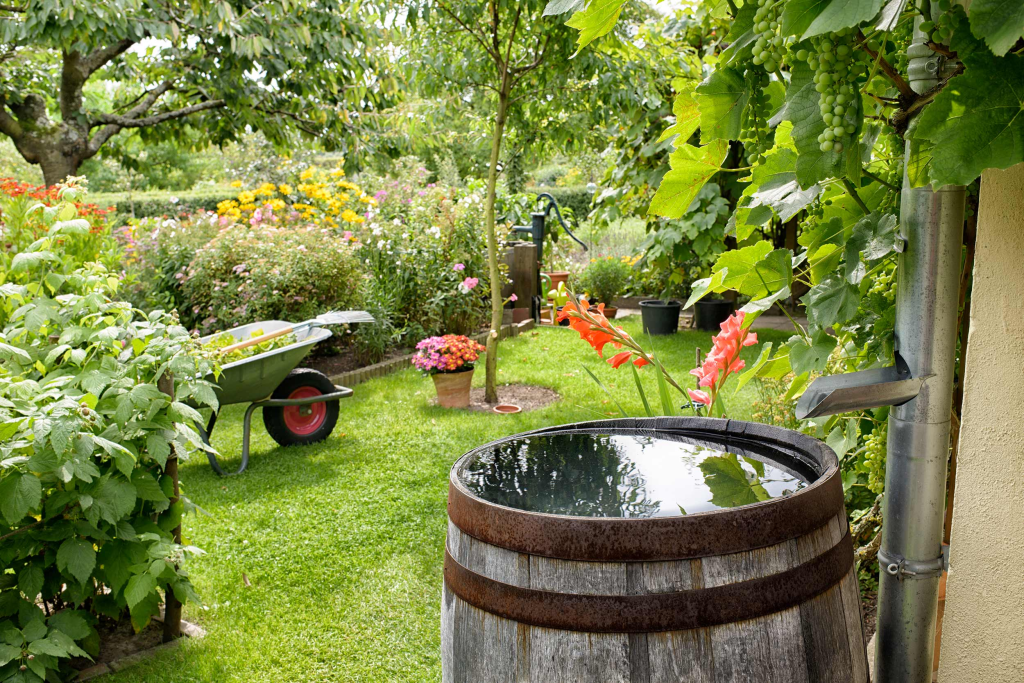
Set up a rainwater harvesting system to water your plants and ensure your garden has moisture no matter the climate.
Mulching
Another means of retaining moisture, especially in a cold season like winter, is mulching. It protects your soil from freezing and drying out.
Sustainable gardening is a kindness to nature that’ll bring you personal and collective rewards.
Essential Maintenance Tips for Thriving Wildlife Gardens

Because pollinator garden maintenance is the biggest fear of most beginner gardeners, let’s break it down so that you’ll realize how simple it can be.
Tip 1: Regular Observation
The first tip for maintaining healthy garden habitats is to never take your eyes off your garden. This is not in a sit and stare way, but learn to observe physical growths and note abnormal changes like patches, discoloration, and dryness.
Tip 2: Deep watering
Ensure there’s always moisture in your soil by deeply watering it periodically but not frequently. If you water a quarter inch every week, your garden can retain moisture until the next scheduled watering.
Tip 3: Weeding & Mulching
Weeding may seem like a never-ending battle, but you mustn’t give up!
Keep those pesky weeds away by discouraging their growth, whether it’s through mulching to limit their nutrient intake or uprooting them before they grow out.
Tip 4: Pruning
Prune dead and withering blooms to promote new growth and keep your garden looking vibrant.
Tip 5: Seasonal Garden Care
Adopt a seasonal garden care routine to work with nature instead of against it. Clear dead plants in the fall, feed your lawn in the spring, and mulch in the winter.
Your goal is to ensure your garden remains attractive and beneficial for wildlife and pollinators.
Engaging Your Community in Wildlife Conservation
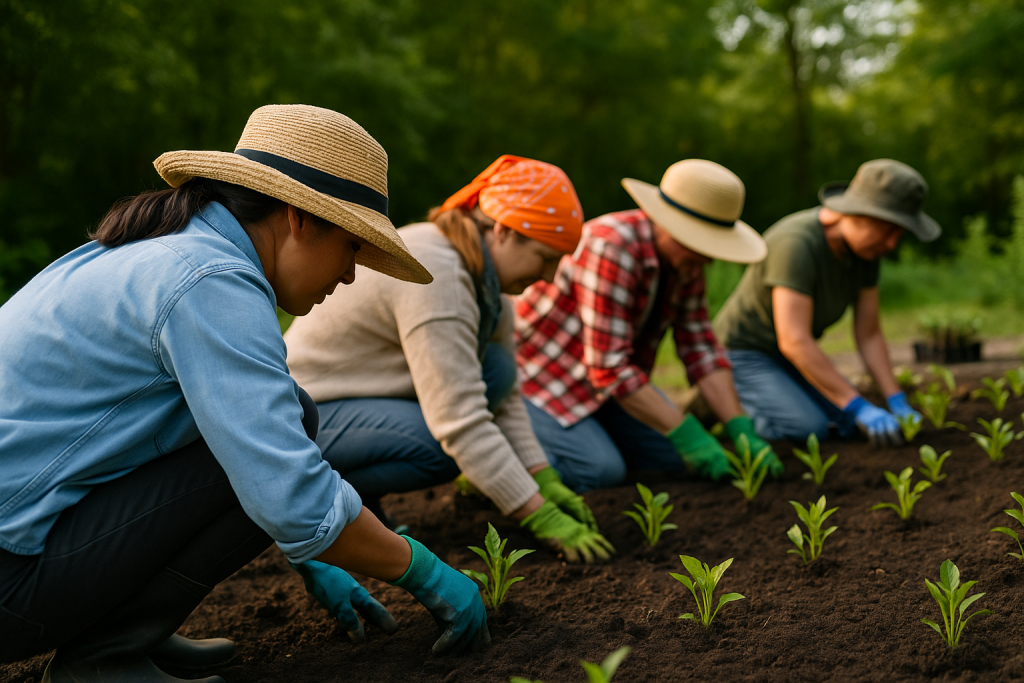
Your wildlife-friendly garden contributes to larger neighborhood conservation efforts. This garden design reminds us that we’re all coexisting on this planet and, as such, need one another for a healthy life.
Involve your neighbors and families in local garden collaboration activities by organizing workshops, initiatives for creating green spaces, and maintaining your local environment.
Also, share your community wildlife gardening experience with the world via social media to encourage others to participate and create awareness.
Now more than ever, you have the tools for sharing wildlife gardening stories. From personal blogs to community forums, educational initiatives, and academic journals, showcasing garden success can reach a large audience and intensify the conservation movement.
Read other gardeners’ garden inspiration, share, and draw ideas from them when you’re in a rut. Documenting your journey would also inspire others who want to help but don’t know how.
Conclusion: Embrace the Joy of Wildlife-Friendly Gardening
Together, we can revive garden biodiversity and the ecosystem one pollinator and wildlife-friendly design at a time. Yes, it’s a little challenging in the beginning, but as time progresses, you can achieve a rewarding wildlife gardening system.
So, if you’re ready to join this wave, let’s recap the basics of creating pollinator habitats and wildlife-friendly environments.
- Select the right plants and diversify them
- Use nectar-rich and pollen-rich strategies
- Provide access to water
- Create shelters and nests
- Adopt sustainable care practices
- Maintain your garden
Now, you’re ready!

